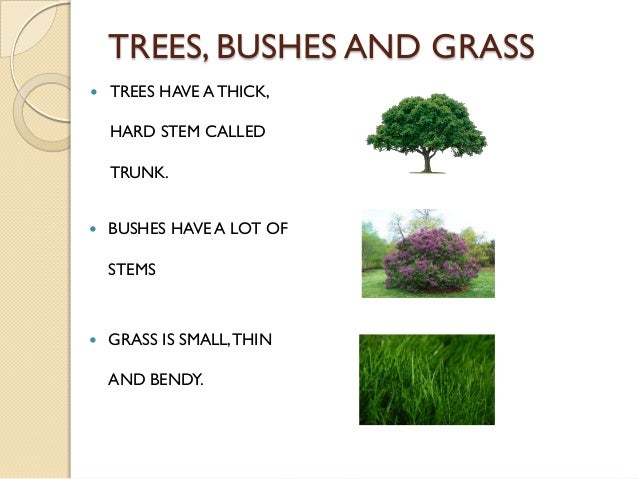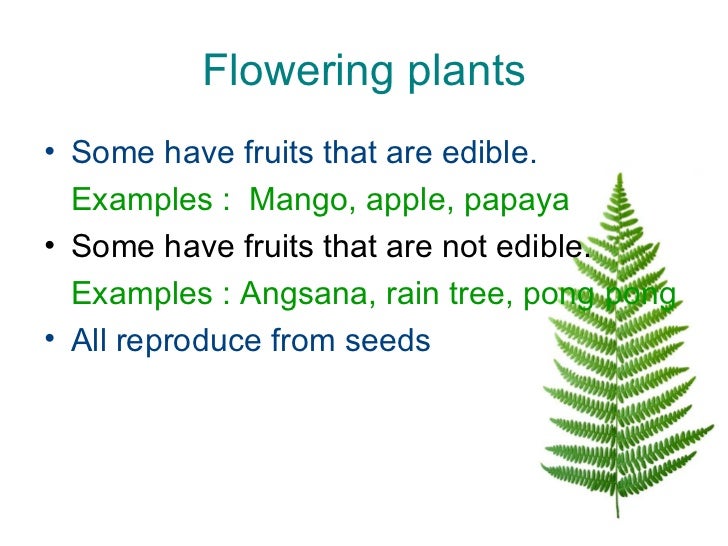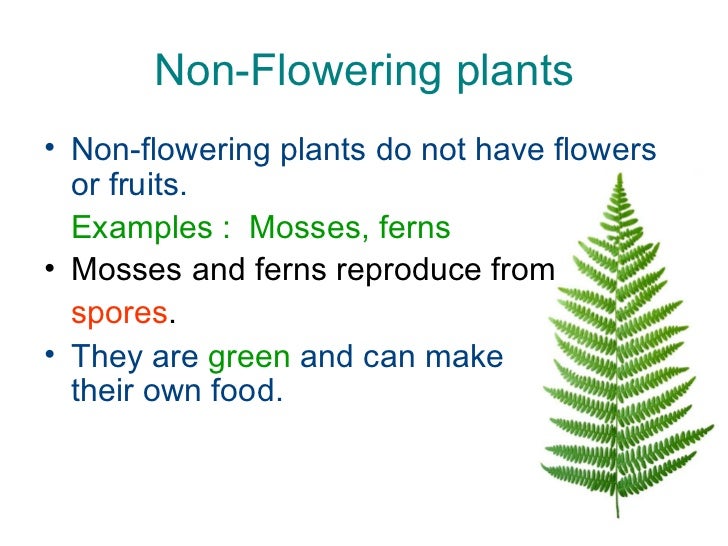Plants are all around us. They can be different sizes, shapes and colours. They are living things that perform three life processes: nutrition, interaction and reproduction. Plants are very important. They give us food, medicine and clothes. They also give us the oxygen we need to live. Can you think of more things that plants give us?
Look at the story. Then read the descriptions below and identify if they describe deciduous, evergreen or both trees.
- They lose their leaves in autumn.
- They have leaves like needles.
- A cone protects the seeds.
- The seeds grow inside the fruit.
- They have branches, roots, a trunk, and leaves.
Copy the sentences in your notebook and complete them with the words Leaves, Stems and Roots.
Choose a plant and draw it in your notebook. Label the parts of the plant.
Alex wants to add the word cone to the chart. What should he write about it?
Investigate! Do all plants grow from seeds?
There are many different types of plants which we can classify in different ways.
- Grasses or herbaceous plants have a soft stem. They are thin and flexible and usually short.
- Bushes have a thick, hard stem with low branches.
- Trees have one thick, hard stem called a trunk. They are the tallest plants and have high branches. Trees can be deciduous or evergreen.

Photosynthesis
How plants make their own food
The food we eat comes from plants, but how do plants get their food? Plants make their own food. To do this they need water, minerals, light and energy from the Sun and carbon dioxide.

Respiration
Plants are living things and so they need to breathe, just like people and animals. During the day they can also use the oxygen they produce during the photosynthesis process. At night, however, they must take in oxygen from the air and release carbon dioxide.
How new plants grow
Plants can be classified as flowering or non-flowering plants. Let’s look at how flowering plants reproduce.


Pollination

- Animal pollination is the transfer of pollen from the stamen to the stigma of another plant by an insect or bird.
- Wind pollination involves wind blowing the pollen from one plant to another.
- Animal pollination is the transfer of pollen from the stamen to the stigma of another plant by an insect or bird.
- Wind pollination involves wind blowing the pollen from one plant to another.
Copy and label the parts of a flower.
More than half our planet’s plant species live in rainforests.
Rainforests are also home to hundreds of species of animals.
They also clean the planet’s air. They take carbon dioxide for photosynthesis and release oxygen which we need for breathing.
Unfortunately rainforests are disappearing very
quickly. People cut down trees to make space for farming.
Today, many people, organisations and countries are trying to stop the destruction of the rainforests.
- Find out the names of the eight countries that the Amazon rainforest covers.
- Investigate the animals that are found in rainforests.
- Clavillia is a plant found in the rainforest. Research what this plant looks like and how people use it in medicine.

Comments
Post a Comment